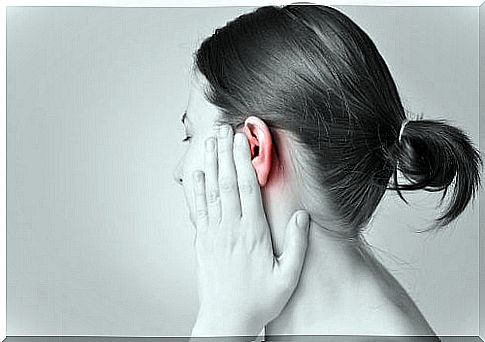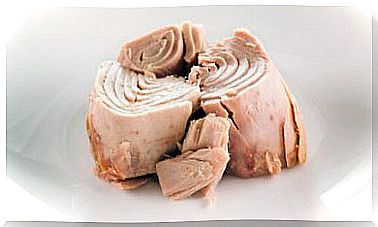Exostosis Surgery: When Should One Operate?
External auditory canal exostosis surgery is indicated in cases where there is a total or near total closure of the external auditory canal.
In the initial as well as the more advanced stages, cleaning the ear is very difficult and sometimes almost impossible. This will make external otitis very recurrent and may even have hearing loss.
What is exosotosis of the external auditory canal?
External auditory canal exostoses are benign bone formations. These bony growths occur in the ear canal causing a narrowing of it. They are generally bilateral formations. They appear on the anteroinferior and posterior walls of the external auditory canal of the ear.
Although its exact cause is unknown, the strongest theory is that it is caused by irritation that originates in the external canal from repeated contact with cold water. For this reason, exostoses of the external auditory canal are more frequent in people who practice water sports.
Does it produce symptoms?

Most of the time, exostoses are asymptomatic. They are diagnosed incidentally by performing an ear check. In general, they progress very slowly and do not produce symptoms at first.
However, when they grow and close the duct, the first discomforts begin to appear. The growth of exostoses favors the retention of earwax and water in the canal. As a consequence of this retention, recurrent external otitis will appear.
Generally, if the obstruction of the external auditory canal is less than 60%, there are usually no problems. However, in patients with an obstruction greater than 80% there is a higher incidence of external otitis and transmission hearing loss.
Treatment
For the treatment of the mildest cases, it is enough to carry out an aspiration and cleaning of the ear. In addition, it is convenient to do follow-up controls to observe the growth. In this way, complications can be avoided in the initial stages of the disease. However, for infections, the use of antibiotic ear drops is usually prescribed.
Exostosis surgery

In the most severe cases of exostoses, when the stenosis of the ear canal is practically complete , surgery is used to remove it.
There are various techniques for surgery for external auditory canal exostosis. Some of them are with local anesthesia and others with general. Even the canal approach can be the retroauricular approach and the endaural approach.
There is also variety in the method used to eliminate exosotosis. Some techniques perform milling, others use a chisel, and others use a laser. In addition, some exosotosis surgical techniques remove them from all the walls of the external auditory canal, others only from the anterior wall and others only from the posterior wall.
Possible complications of exostosis surgery
Exostosis surgery is not easy, since there can be numerous complications derived from it. Some of the most frequent complications are:
- Postoperative canal stenosis.
- Facial nerve injury.
- Tympanic perforation.
- Temporo-mandibular joint injuries.
- Sensorineural hearing loss.
Exostosis surgery is performed under general or local anesthesia and through an incision behind the ear and under microscopic vision. Usually the patient is discharged after one night of admission. The stitches are removed after one week and the ear plugging after two weeks.
The patient can resume his working life in 7-14 days. It is generally recommended not to wet the ear until the new canal has healed. This healing process can take between 1 and 3 months. Regarding the postsurgical results, in most cases the problems of tamponade and otitis are resolved.
Can they be prevented?

Although it is true that the use of ear plugs among athletes who do water sports is very widespread, their use has not been shown to be effective in preventing exostoses.
Even sometimes, in patients who already have exostoses, plugs can push the wax inwards and worsen the condition. The specialist will assess each case and, depending on the patient’s habits and the degree of exostosis, will recommend the best option.









